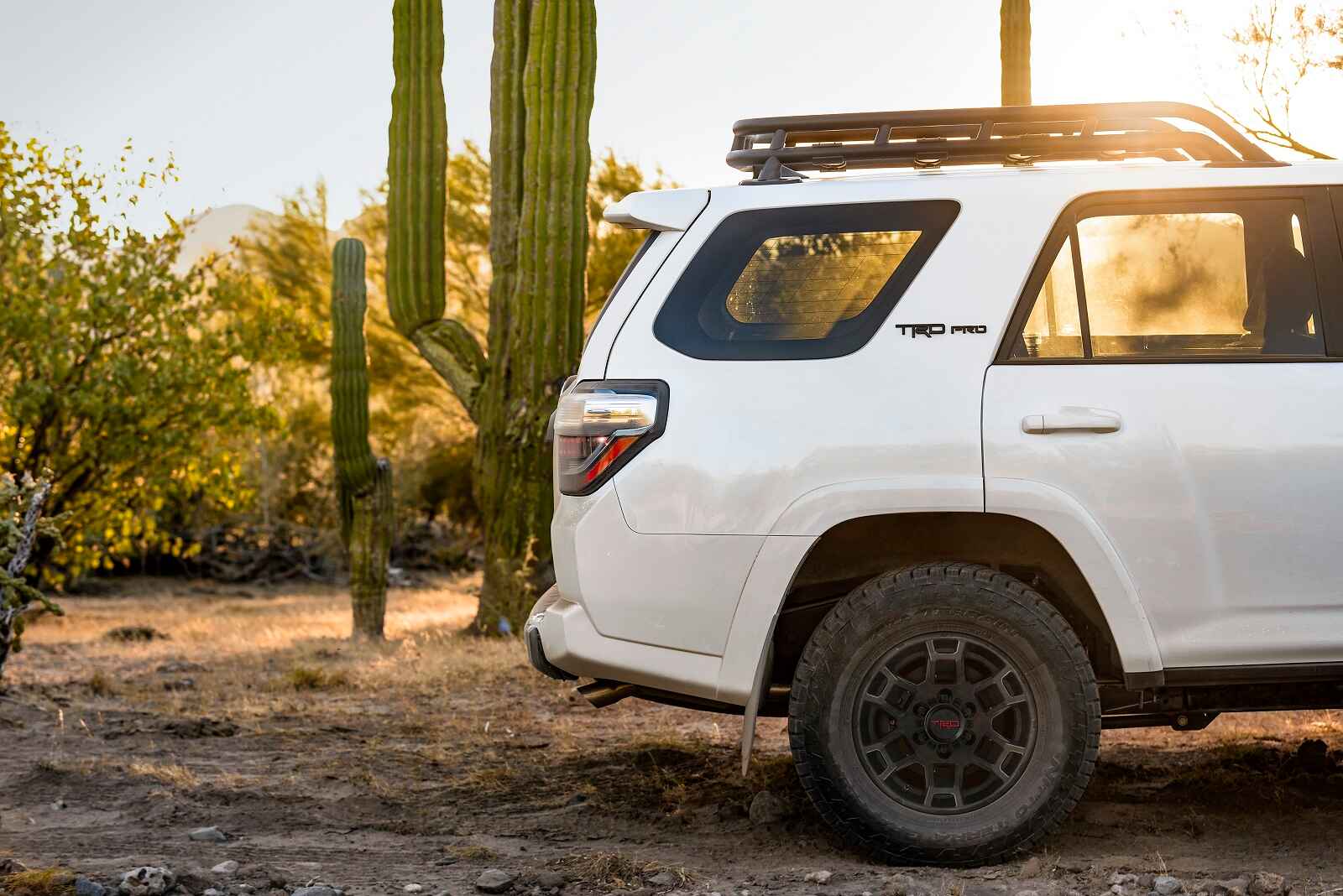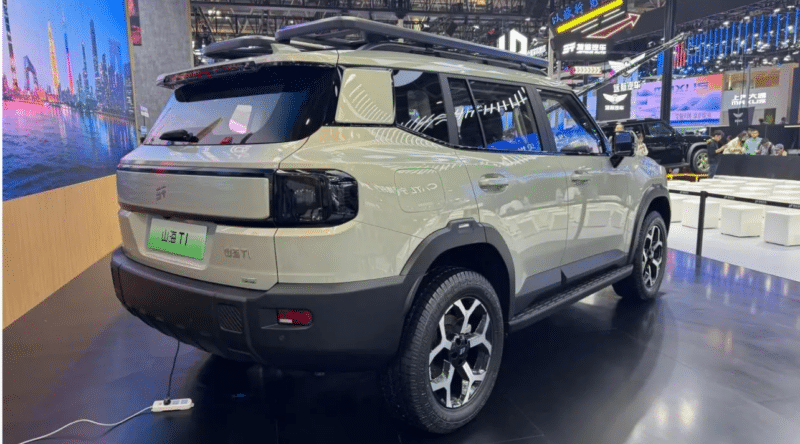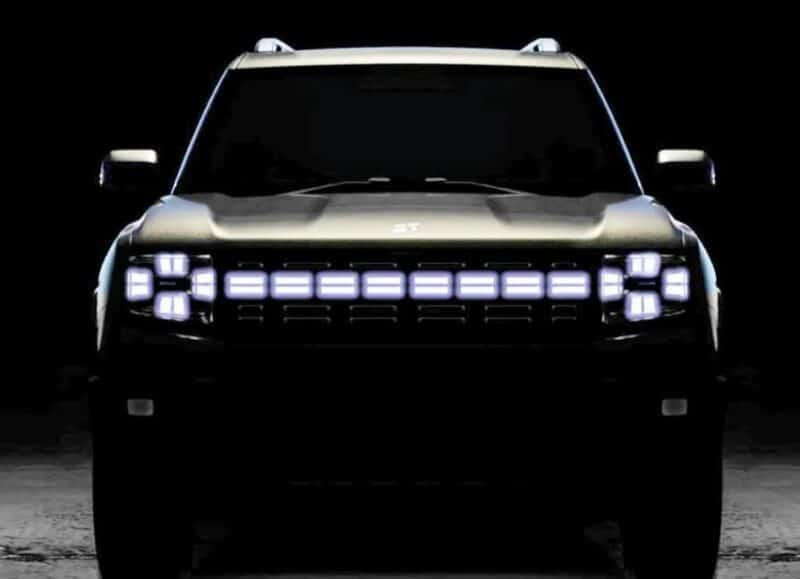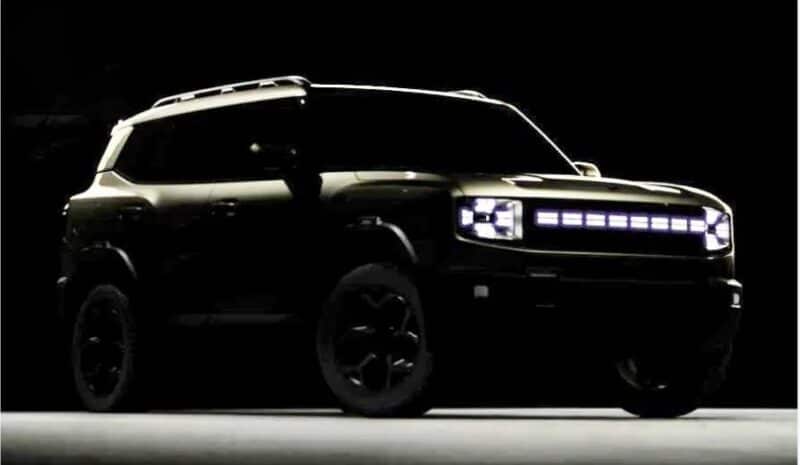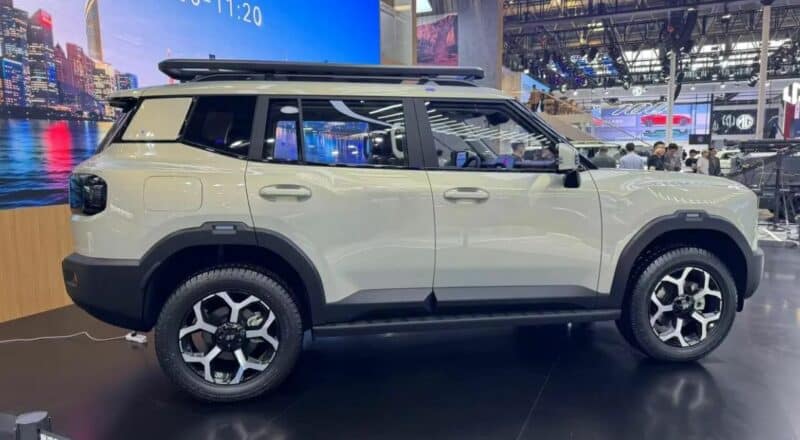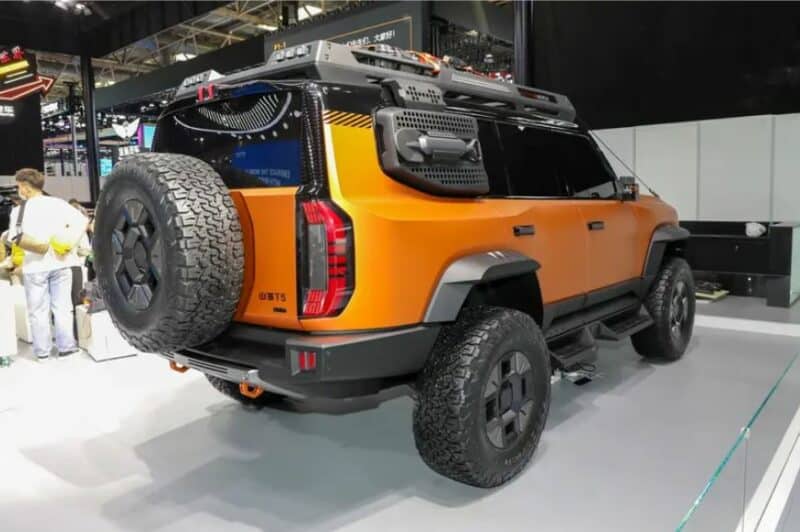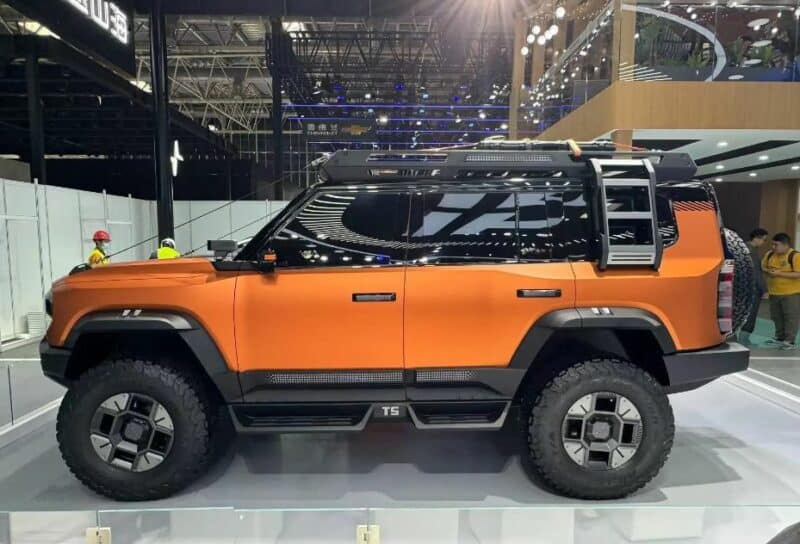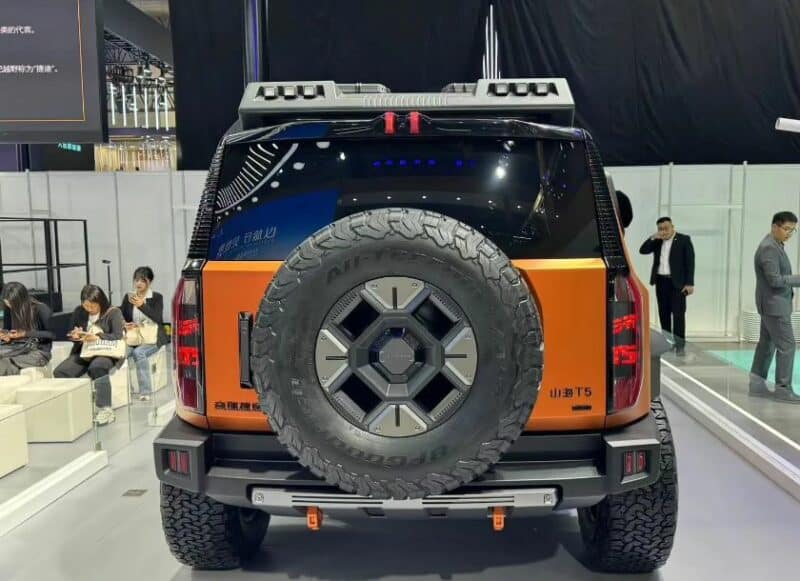Evaluating Small SUVs in Advanced Crash Prevention Tests
The Struggles of Automatic Emergency Braking Systems
Automatic Emergency Braking (AEB) systems are meant to prevent accidents by automatically applying the brakes. However, a recent comprehensive test by the Insurance Institute for Highway Safety (IIHS) showed that many popular small SUVs encounter difficulties with specific road obstacles. Among the ten small SUVs tested, only the Subaru Forester met the rigorous criteria set by IIHS.
Detailed Testing Outcomes
David Aylor, Vice President of Active Safety at IIHS, highlighted the necessity for these systems to provide early warnings to avert collisions. The latest test included more challenging scenarios, such as avoiding collisions with another vehicle, a motorcycle, and a large truck at increased speeds. This test differed from previous ones, which were conducted at 12 and 25 mph, by incorporating speeds as high as 43 mph.
The Subaru Forester distinguished itself by nearly avoiding all collisions with both passenger cars and motorcycles, experiencing only minor impacts at higher speeds. Conversely, the Honda CR-V and Toyota RAV4 were rated as acceptable, while the Ford Escape, Hyundai Tucson, and Jeep Compass received marginal ratings. The Chevrolet Equinox, Mazda CX-5, Mitsubishi Outlander, and Volkswagen Taos were rated poorly.
Industry Reaction and Expected Enhancements
Aylor anticipates that other manufacturers will make rapid improvements to their systems. The Alliance for Automotive Innovation, representing many of the brands with lower ratings, emphasized the importance of AEB technology in minimizing crashes and injuries. Despite the test outcomes, Aylor noted that AEB systems remain highly effective in real-world situations, reducing front-to-rear crashes by 50%.
The IIHS plans to extend its testing to include AEB performance with other obstacles, such as cyclists and pedestrians, particularly under nighttime conditions. Automakers with lower ratings, including Mazda, Mitsubishi Motors North America, General Motors, and Volkswagen of America, have pledged to enhance their AEB systems in line with the new IIHS standards.
Emphasizing Safety and Ongoing Improvements
This test highlights the crucial need for continuous advancements in AEB systems to improve vehicle safety. Although some SUVs faced challenges, the ongoing development and refinement of these technologies are essential for better protecting drivers and pedestrians. The IIHS’s dedication to stringent testing protocols and the manufacturers’ commitment to safety improvements are vital steps towards safer roads for all.

